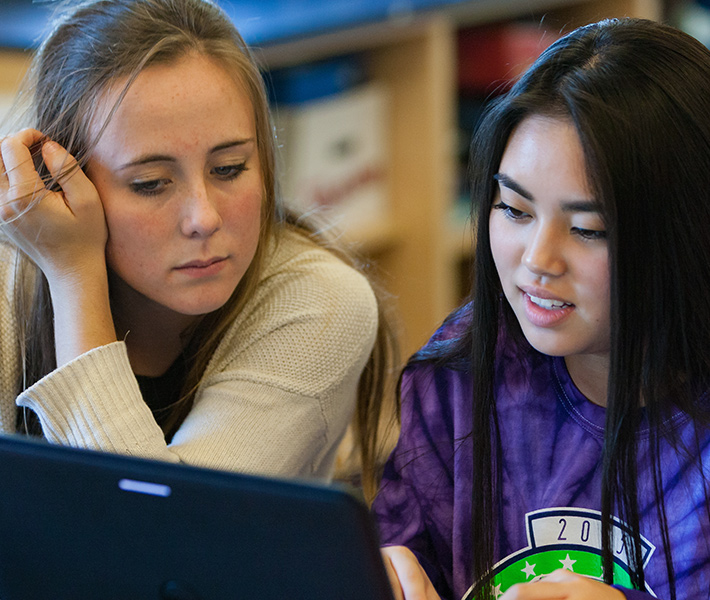STEM Increasing Access to Computer Science
“Effective computer science education does more than just teach students how to code. It also challenges them to think about the social implications of connectivity, from protecting privacy to preserving democracy.”
Preparing today’s students to address the challenges of the future requires innovations at all levels of education practice and policy. Expanding access to computer science is a critical part of this preparation, and in 2015, EDC took a leading role in doing so for hundreds of thousands of students.
In 22 high schools in New York City, EDC began a pilot test of the Beauty and Joy of Computing (BJC) computer science curriculum. BJC, which was developed at EDC and based on the university version from the University of California, Berkeley, is one of the first curricula specifically aligned with the AP Computer Science Principles curriculum framework. BJC teaches students the skills they need to participate in a high-tech economy, including computational thinking and computer programming.
EDC was also a critical catalyst in supporting the systemic expansion of computer science at the state level. Through the Massachusetts Computing Attainment Network (MassCAN), a public-private partnership based at EDC, EDC brought together leading industry voices, including Google, Microsoft, PTC, and Tech Foundry, with the Massachusetts Department of Education to craft digital literacy and computer science standards for Massachusetts schools.
FY 2015
Key Project Milestones
- National Science Foundation (NSF) recognizes MassCAN at a White House event during Computer Science Education Week.
- 800 high school students in New York City begin using EDC’s Beauty and Joy of Computing.
- MassCAN trains more than 500 Massachusetts teachers, improving computer science learning and teaching in 35 percent of the state’s school districts.
- NSF awards EDC a STEM + Computing Partnership grant to support integration of computational thinking in elementary school.
